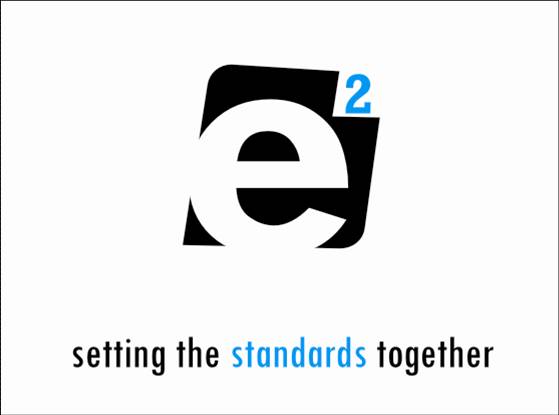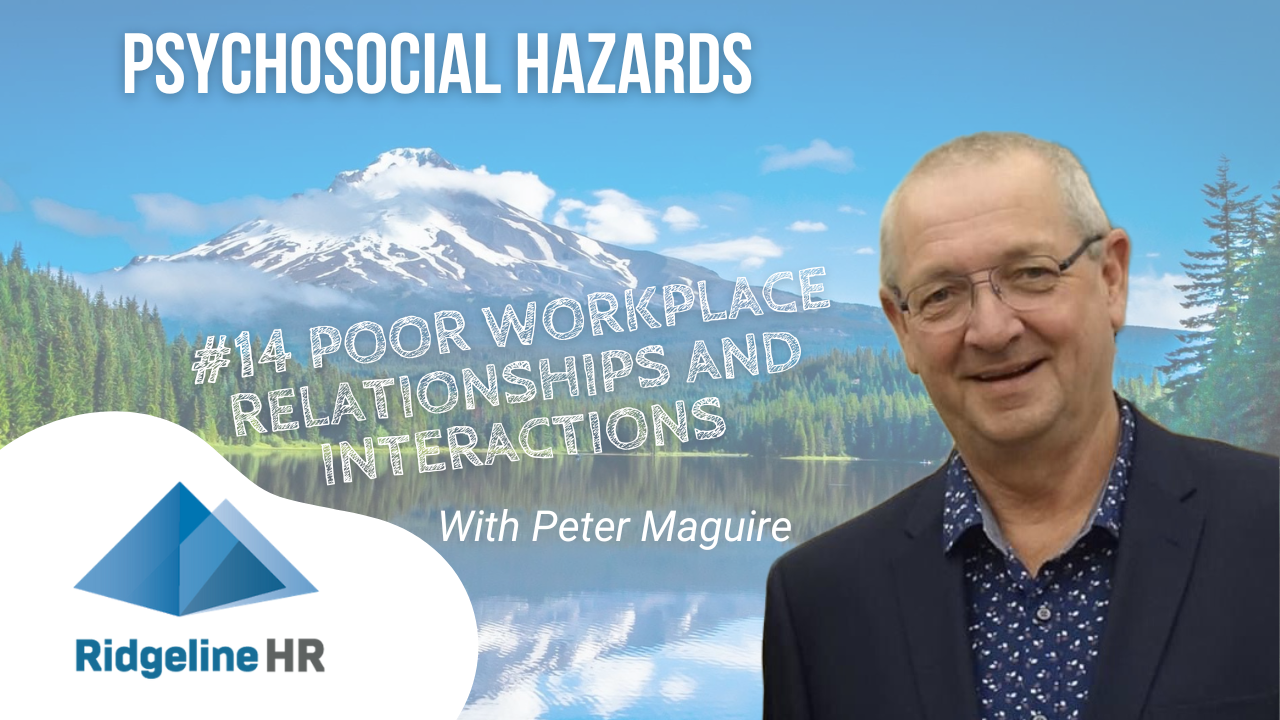Today is the “International day for the elimination of violence against women”.
So it is an opportune time to refresh on what we all (and particularly we men) can do to influence reductions in both the incidence and effects of family and domestic violence on women.
According to Our Watch, a not for profit established by the Victorian and Federal Governments in 2013 to lead the fight against violence against women, “Violence against women is any act of gender-based violence that causes or could cause physical, sexual or psychological harm or suffering to women, including threats of harm or coercion, in public or in private life.”
They quote some concerning statistics – in Australia:
- 2 in 5 women (39%) have experienced violence since the age of 15.
- On average, one woman a week is murdered by her current or former partner.
- In the year 2021/22, 5606 women (average of 15 women/day) were hospitalised due to family and domestic violence.
- 1 in 2 women (53%) has experienced sexual harassment in their lifetime.
- The perpetrators of sexual violence and harassment are predominantly men.
That is why we have to do something about this terrible situation.
The real challenge
I recently had a conversation with an employer of close on 100 people in relation to the positive duties that apply to the elimination of sexual harassment and psychosocial hazards. His view was that people’s private lives are none of his business and employers should not be expected to pry into employee’s private affairs. He really doesn’t want to know.
If we are really going to properly support women who are experiencing family and domestic violence, we need to know and we need to create workplace environments that are safe for women to let us know and to ask for help……and we need to give that help.
The Fair Work Ombudsman has published the “Small Business Employer Guide to Family and Domestic Violence”.
This states:
“It’s critical that small business employers can recognise the signs of family and domestic violence, so they can help employees get the support they need.
Behaviours that may signal a person is experiencing family and domestic violence include:
` excessive or unexplained absences or lateness
` a sudden or sustained drop in productivity
` unexplained injuries
` social withdrawal
` frequent or unusual work breaks, or unusual start and finish times
` anxiety or fearfulness
` appearing distracted, depressed or overly jumpy
` lack of concentration or difficultymaking decisions
` inability to take work-related trips
` personal calls, texts or visits that cause the employee distress.
If a manager or co-worker suspects that an employee may be experiencing family and domestic violence, it’s appropriate for them to raise their concerns with the employee.
While they’re not counsellors, it’s important they feel equipped to raise their concerns to support their employee or co-worker.”
So the message is clear – we should care about our employee’s wellbeing and we should be asking questions if we see that something’s not quite right whether that is from causes at or outside work.
Legal obligations
The Federal Government has introduced a couple of significant legal changes in the past year, namely:
- A new National Employment Standard providing people experiencing family and domestic violence with 10 days of paid family and domestic violence leave per annum (this is a standard entitlement for all employees whether engaged on a full-time, part-time or casual basis) – read more on this here; and
- A positive duty on Persons Conducting a Business or Undertaking (PCBU) to eliminate workplace sexual harassment, sex discrimination and sex-based harassment – read more on this here
Additionally, sexual harassment is one of the psychosocial hazards in respect of which States and Territories are legislating positive duties on PCBUs to eliminate from workplaces. If someone is experiencing family and domestic violence, this can have a huge impact on their physical, emotional and mental health. Part of the support that an employer can provide is ensuring that work doesn’t aggravate any such condition that an employee might have as a result of experiencing family or domestic violence.
Please also note that, in Victoria, there has been a positive duty on employers to prevent sexual harassment for a number of years under equal opportunity legislation. Further information is accessible here.
The Respect@Work toolkit.
The Federal Government/the Australian Human Rights Commission has set up a website (https://www.respectatwork.gov.au/) in support of the new positive duty to eliminate sexual harassment etc that was legislated last year.
This website includes lots of resources for organisations to use in developing policies, procedures and practices with respect to the prevention of sexual harassment in workplaces which are suitable for large organisations, Boards of Directors for large organisations but are not very practical for small businesses.
Our HEART approach
We believe that there are essentially 5 elements to a positive duty approach was presented in our HEART model:
HONESTY – Take a good hard look at what is really happening in your organisation with an open mind and a curious mindset.
ENGAGEMENT – Harness the passion and collective wisdom of your people to shape and drive the agenda for change.
ACCOUNTABILITY – Build and deploy the plans, processes and systems to hold everyone responsible for playing their part.
REVIEW – Recognise that this is a journey and not an event. Set goals, monitor vigilantly, celebrate milestones, learn and grow.
TRUST – Provide a psychologically safe workplace where people speak up without fear and actions show that they are listened to.
How we can help
Whether you need to develop or review policies or procedures or you need a cultural assessment done or you want to run some educational sessions or you need help in facilitating communication and consultation processes or you need someone to support you with an employee who is experiencing family or domestic violence, we can help.
Call us
-
Give us a call on 0438 533 311 to arrange your free first consultation to see how we can help with advice and support on this or any other HR matter











